Today it’s more important than ever to have solutions in place to mitigate the relentless advance of cybercrime. Unfortunately, most people don’t consider the consequences until after an incident or breach transpires. Obviously, that’s not the ideal approach since these events can cause a significant financial loss to your business.
Table of Contents
Why you Need Cybersecurity
Think about how much of your business relies on computers and other technology. Then consider how much of your data could be abused if it were to fall into the wrong hands. You may not want to hear it, but data breaches threaten all aspects of your business.
7 Steps to Advanced Cybersecurity
Keeping an adequate cybersecurity posture involves multiple steps. The seven steps to advanced cybersecurity include fundamental perimeter+ prevention, validation + testing, security training, email protection, secure access, zero-trust end-point management, and incident detection + alerting.
1. Fundamental Perimeter + Prevention
This process focuses on protecting your perimeter, namely utilizing a next-generation firewall solution, policy best practices, and advanced malware protection. Perimeter security is the first step to improved cybersecurity and includes:
- Policy Enforcement
- Patch Management
- Unified Threat Management
- Spam Filtering
- End-Point Protection
2. Validation + Testing
The second step adds another layer of diagnostics and detection to help prioritize areas needing improvement. It helps determine what necessitates immediate attention with infrastructure reporting, dark web monitoring, and configuration checks:
- Activity Alerts
- Vulnerability Scans
- Diagnostic Reports
- Network Assessments
3. Security Training
Security awareness and training are key tenants to prevent malicious activity and step three on our journey. Over 90% of malware occurs through malicious emails and a person clicking on a bad link or attachment. You’ll have access to the knowledge and protocols needed to gauge the risk level of your staff, training to augment their knowledge and improve behavior through:
- Simulated Phishing
- Threat Reports
- Social Engineering
- Compliance Reminders
4. Email Protection
Have you heard of SPF, DKIM, and DMARC? Probably not, but I bet you would like to protect your brand name reputation when communicating with customers through email. That’s where step four really shines; securing your email domains from phishing, spoofing, and brand hijacking while improving your email deliverability rates via:
- Email Traffic Reports
- DNS Administration
- SPF Record Management
- DKIM Key Configuration
- DMARC Enforcement
5. Secure Access
On to step five addressing the path of least resistance: poor logon practices and insecure passwords! To resolve these two common weaknesses, we establish multi-factor login verification and a credential manager. Secure access is a gateway service supporting stronger authentication as additional protection to your cloud services and computers including:
- Security Tokens
- Credential Audits
- Two-Factor Authentication
- Device Hygienics
- Password & Form Manager
6. Zero Trust End-Point Management
What is Zero Trust you ask? It means eliminating implicit trust and continually validating the state of a device and its digital interactions. It’s step six as we progress to the final stages of improved cybersecurity. Zero Trust works by implementing these vital principles in combination as the very best solution to block ransomware, viruses, and other software-based threats:
- Application Whitelisting
- Ring-fencing
- Data Storage Control
7. Incident Detection + Alerting
On to our final step seven with integrated detection, alerting, and remediation with threat intelligence. All was accomplished with the help of a dedicated security operations team. Attack/threat detection and response look for threats in your infrastructure retrace the threat’s activity, contain the threat, and remove the threat. This process includes:
- Logging Correlation
- Human Threat Intelligence
- Compliance Reports
- 24×7 Security Operations Center
Need Help with Cybersecurity?
We work with every one of our managed cybersecurity customers to help solve their regulatory compliance preparedness and our industry-leading solutions will bolster your business success. If you need assistance with implementing a multi-layered cybersecurity system, let us know and we can set up a time to review your options.

